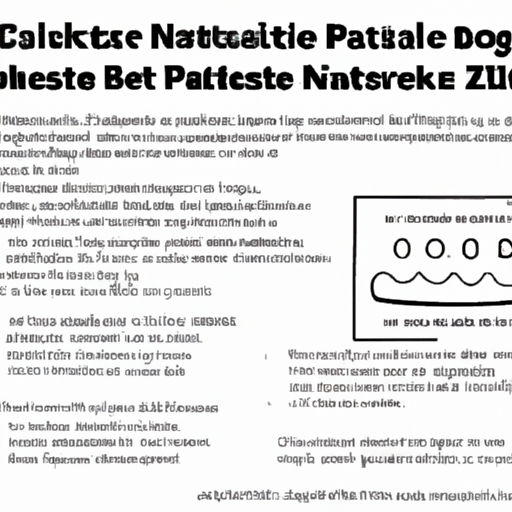Zero Trust Networking Architecture (ZTNA) is a security solution designed to protect cloud-based applications. NIST’s Special Publication 800-207A (SP 207A) provides guidance to security architects and infrastructure designers for designing ZTNA for multi-cluster and multi-cloud deployments. Co-authored by Zack Butcher, SP 207A is a great blueprint for any organization looking to implement a ZTNA, regardless of whether they are working with the U.S. federal government or not. The 4th Annual Multi-Cloud Conference and Workshop on ZTNA, hosted by NIST and Tetrate, is taking place on May 24-25 and is both in-person and virtual. Registration is free and open to the public.
Zero trust is an approach to cybersecurity that denies access by default, granting authenticated users, devices, and applications access only to the data, services, and systems they need to do their jobs. It is focused on mitigating what an attacker inside the perimeter can do via controls implemented at runtime, such as encryption in transit, authentication, authorization, and two other checks that help to bound attacks in space. SP 800-204A, SP 800-204B, SP 800-204C, and SP 800-207A are all useful publications that provide guidance on building secure microservices-based applications, implementing attribute-based access control, and implementing DevSecOps for microservices-based applications, as well as a zero trust architecture model for access control in cloud-native applications.
Zero trust need not be a long, complex process and can be implemented quickly, providing organizations with real improvements quickly that deliver a measurable return on investment. Organizations in regulated or data-sensitive industries should consider taking steps towards embracing zero trust sooner rather than later. The 4th Annual Multi-Cloud Conference and Workshop on ZTNA is a great way to get started.
Source: Thelastwatchdogs
To mitigate potential threats, it is important to implement additional cybersecurity measures with the help of a trusted partner like INFRA www.infrascan.net or you can try your self using check.website.

